MATERA AND ITS HISTORY
There is nothing quite like Matera anywhere. This is one of the oldest towns in the world, dating back to Paleolithic times and is totally unique. What makes it so unusual is troglodyte homes and churches that have been dug out of rock or created out of natural caves. Hundreds of families were still living in the caves in the 1950’s, making it the most extensive inhabited cave system of its kind in the Mediterranean. At that point, the caves were abandoned as people moved to new houses built on a nearby plateau. In 1993, the historic Sassi cave areas of Matera were designated as a UNESCO World Heritage site both for its unique troglodyte homes as well as the way it matched the terrain and local ecosystem. Since then the Sassi has been transformed with cave houses being turned into comfortable, luxury boutique hotels and restaurants. Some such as the Sant’ Angelo resort even include original chapels. Equally popular are the hotels created within the eighteenth century buildings developed for the local aristocracy who could afford to move out of the caves. The transformation is still underway, as many caves remain uninhabited and unused.
Visiting Matera really is stepping back in time. It is a location popular with filmmakers since the ambience, buildings and environment is reminiscent of Biblical times. Countless alleyways, narrow winding streets and steep flights of steps give access to buildings that look on the outside like houses but as soon as you go inside it is a very different story. These buildings are actually natural caves, with rooms going back deep into the tufa limestone rock. Some are just one or two rooms reflecting the way people lived close to their animals, while others form networks of interconnecting caves. Even in the heat of a southern Italian summer, the pale grey rock buildings appear cool and tranquil. Come winter, the rock slowly releases its heat, keeping interior temperatures stable.


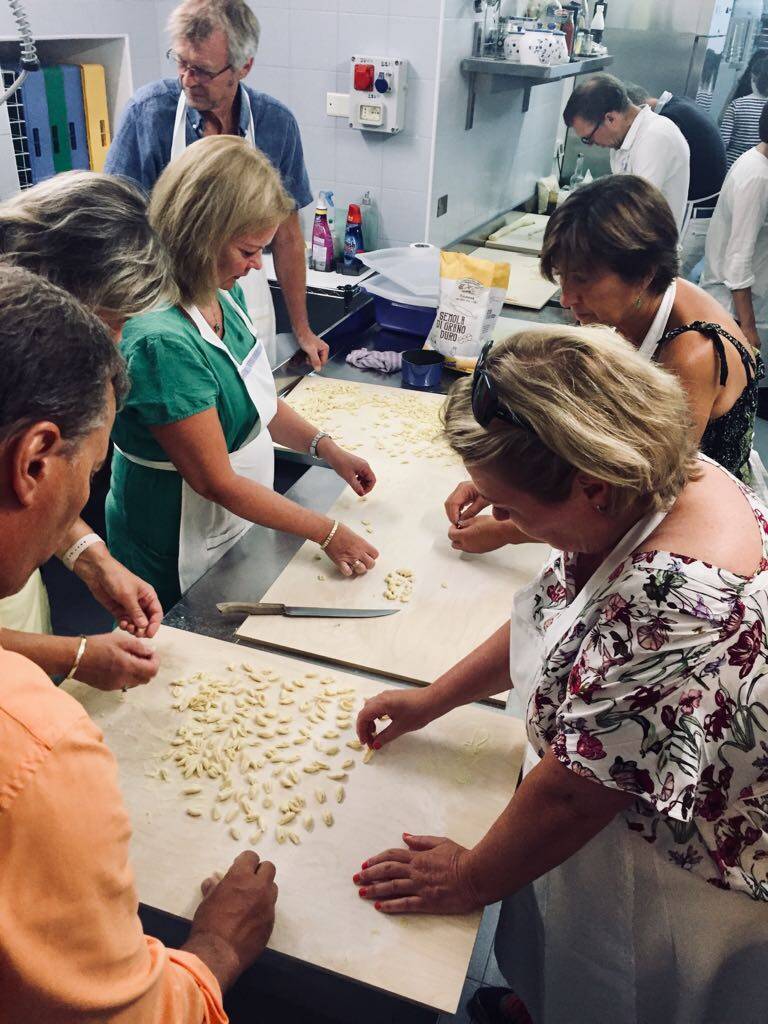
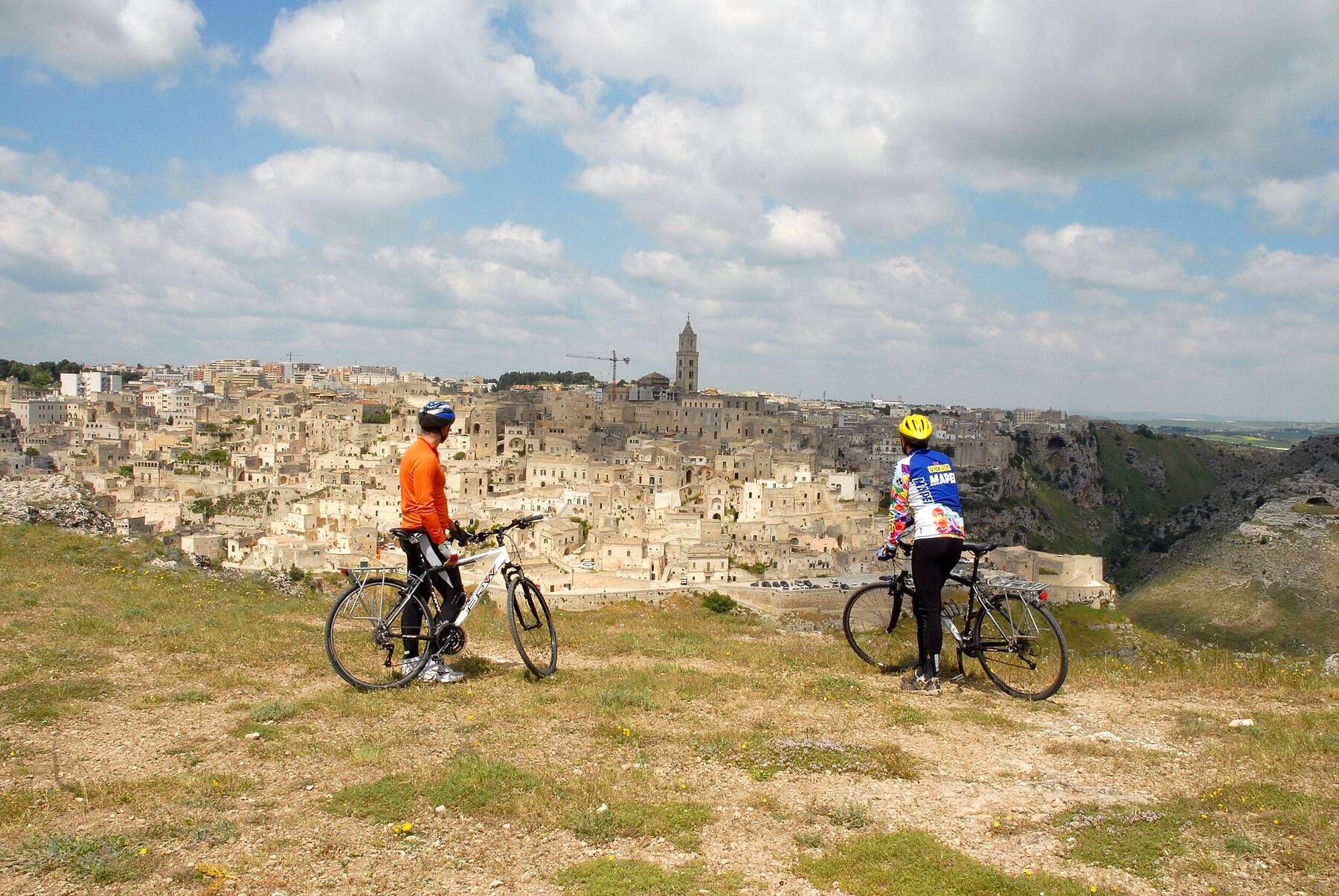

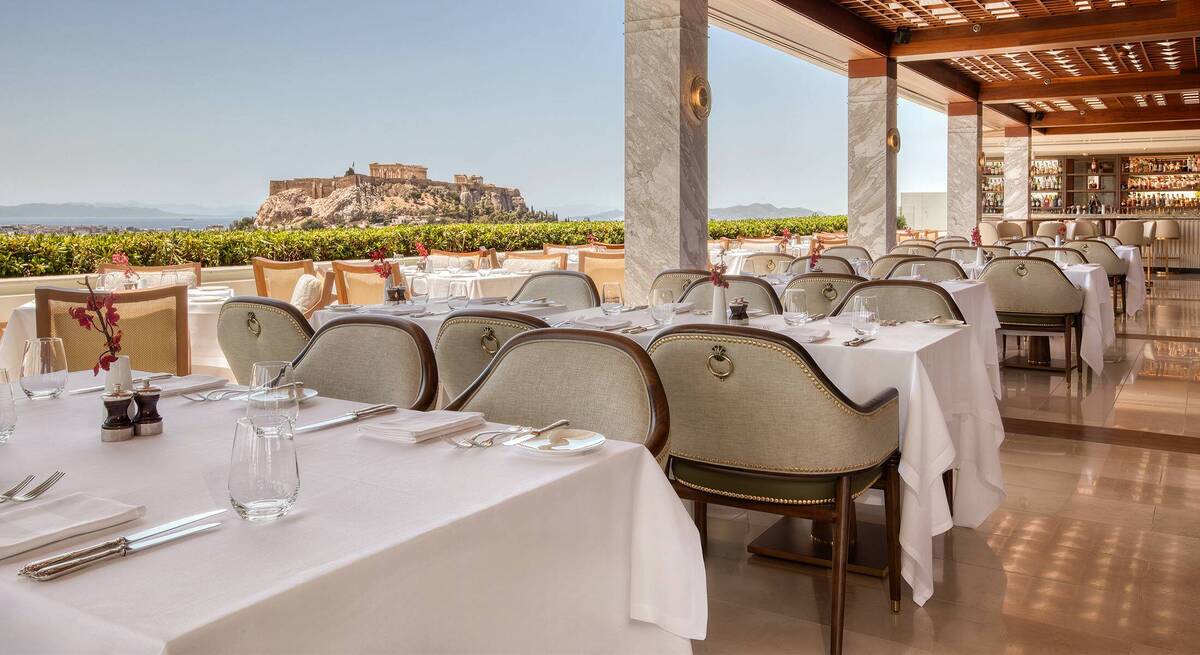
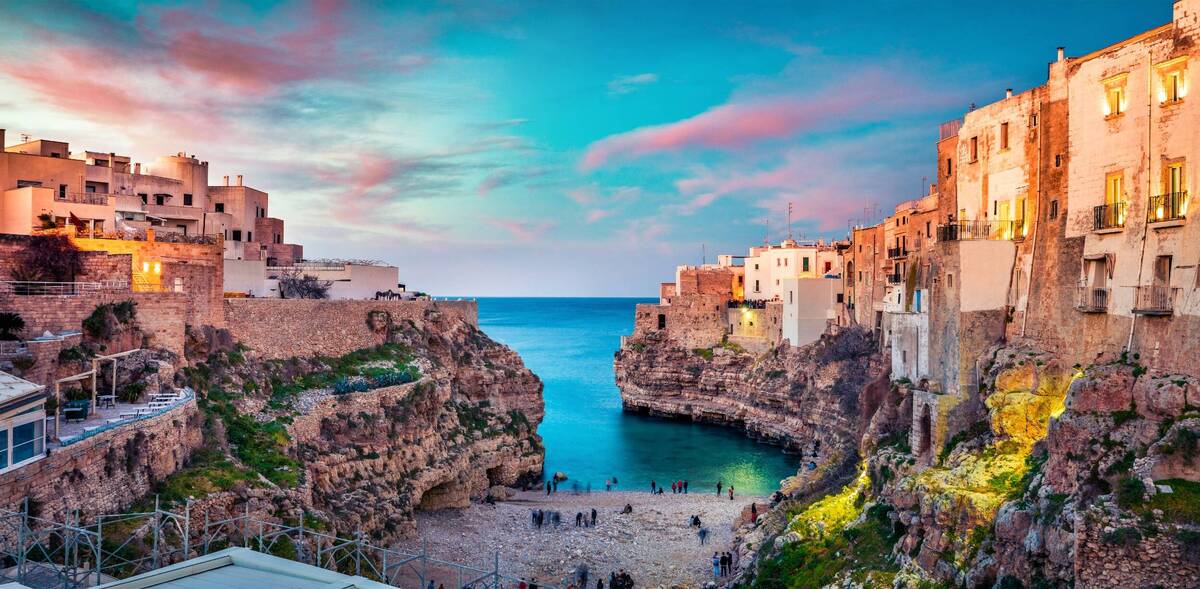
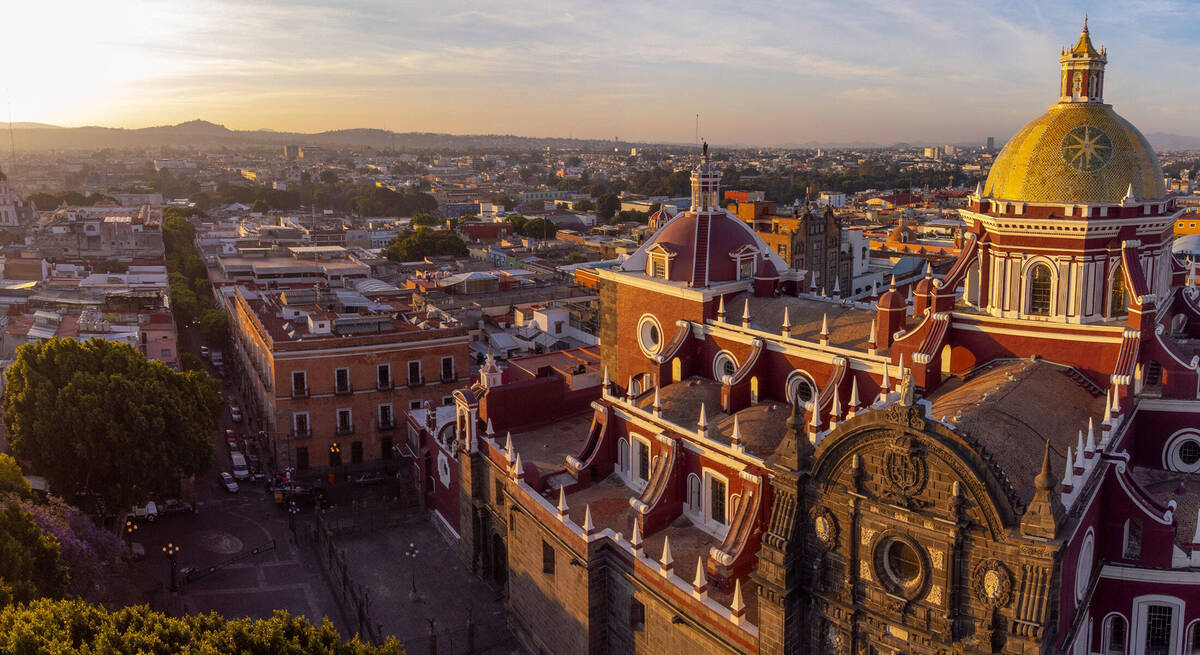













Comments